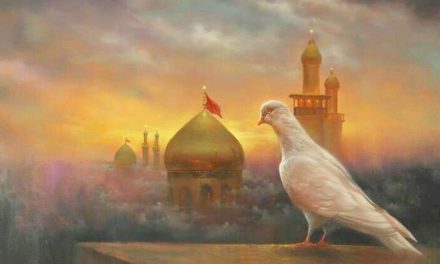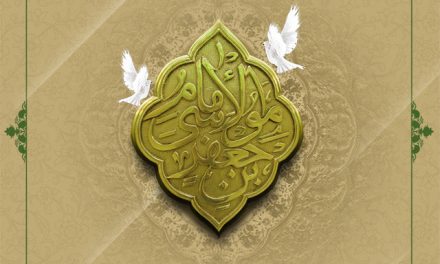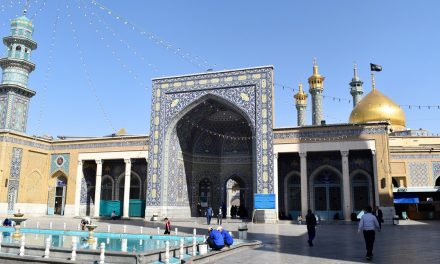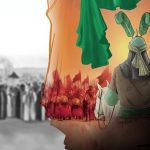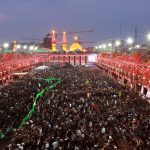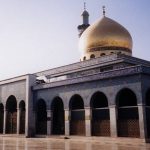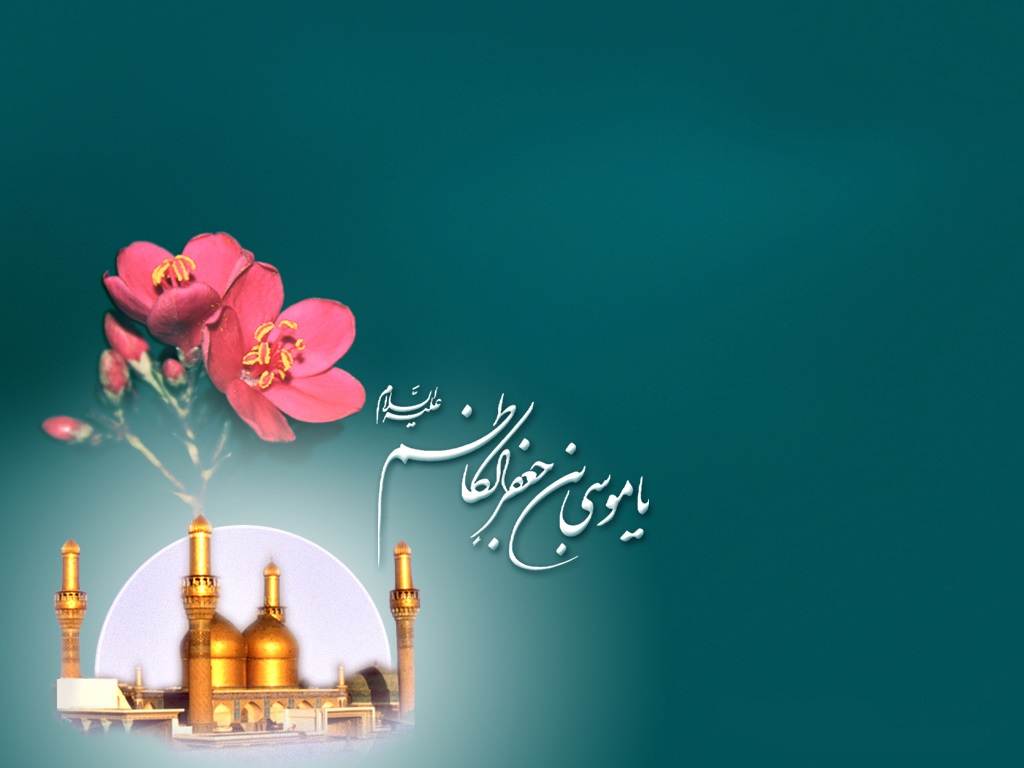
Musa Ibn Ja’far, titled as Al-Kazim and Bab al-Hawaʾij was the seventh Imam of Shia Muslims, born in 128/745 in the village of Abwa’ (between Mecca and Medina). After his father Imam Ja’far al-Sadiq (a) was martyred he (a) became the Imam of the Shia. The 35 years of his imamate coincided with the caliphate of al-Mansur, al-Hadi, al-Mahdi, and Harun al-Rashid. He was repeatedly imprisoned by al-Mahdi and Harun, and was finally martyred in 183/799 in al-Sindi b. al-Shahik’s prison. After his martyrdom, he was succeeded by his son, Ali b. Musa (a), as the next Imam.
The life of Imam Musa Ibn Ja’far (a) coincided with the peak of the Abbasid caliphate. He practiced taqiyya (dissimulation) with regard to the government and recommended the Shias to do the same. Thus, there is no report of him taking explicit positions against the Abbasid caliphs or with regard to Alawite uprisings, such as the Uprising of Fakhkh. However, in his debates and dialogues with Abbasid caliphs and others, he tried to question the legitimacy of the Abbasid caliphate.
Some debates and dialogues between Musa b. Ja’far (a) and some Jewish and Christian scholars have been reported in sources of history and hadiths. His dialogues with the scholars of other religions have been collected in Musnad al-Imam al-Kazim, some of which have been transmitted by People of Consensus. He also expanded the System of Wikala (system of deputyship), appointing people as his representatives or deputies in different areas. His life also coincided with some divisions within Shiism as well. At the beginning of his imamate, Isma’iliyya, Fatahiyya, and Nawusiyya were formed, and after his martyrdom, the Waqifiyya came to existence.
Shia and Sunni sources have praised Imam Musa Ibn Ja’far’s practice of worships, patience, and generosity, referring to him as “al-Kazim” and “al-‘Abd al-Salih”. Prominent Sunni figures honored the Seventh Shia Imam as a religious scholar and visited his grave along with the Shias. Imam al-Kazim’s (a) resting place and the mausoleum of his grandson, Imam al-Jawad (a), are located near Baghdad and is known as the Shrine of Kazimayn. It is visited by Muslims, and in particular, the Shi’as.
Source: wikishia.net


